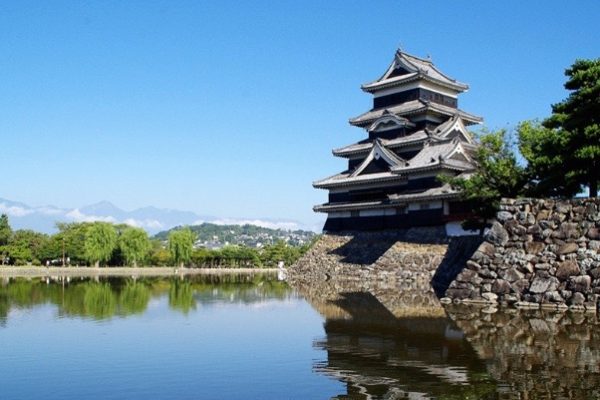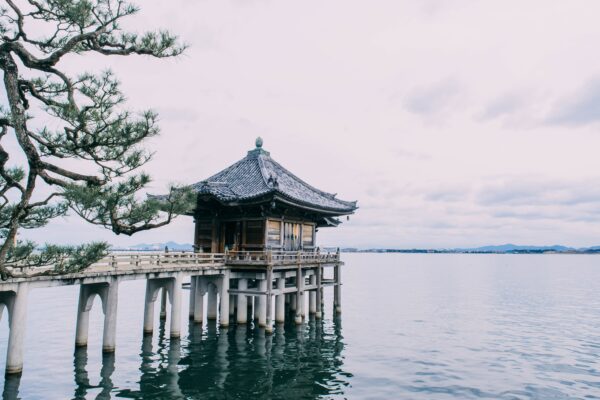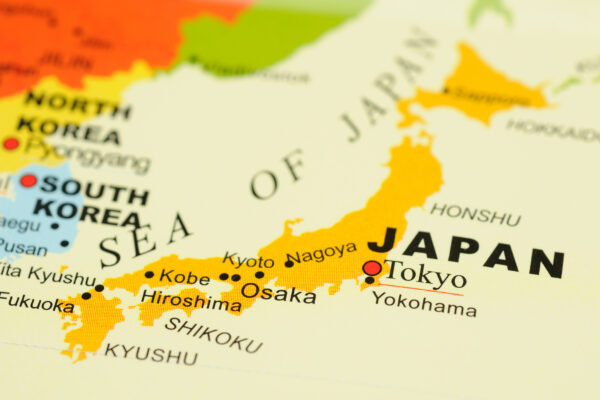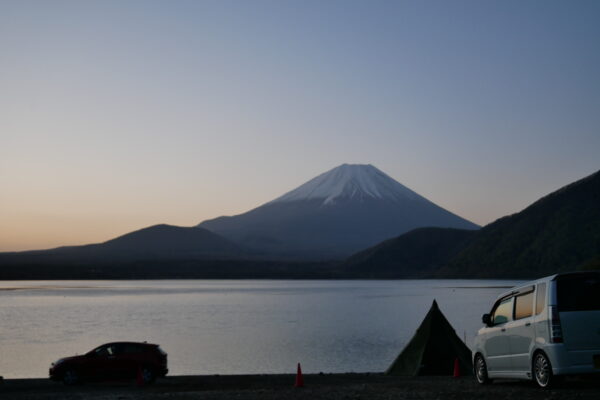written by Yuka

DAY 1
While you’re in Japan, how about learning a bit of the country’s history?
Going west from Tokyo about 90km will take you to one of Japan’s “Three Odd Bridges,” Kai no Saruhashi. The structure of this bridge is very peculiar to say the least. Its origins are unknown, but it’s believed to have been constructed around the year 600. Strangely, the construction of the bridge didn’t go as planned and a wave of monkeys began to descend upon the partially completed bridge. The monkeys got together and formed their own bridge using their own bodies to get across the unfinished sections. It’s believed that the origin of the bridge’s name (which translates to The Monkey Bridge), is derived from this strange event.
The bridge itself is amazing but the surrounding vegetation and animals add on to the experience. Walking around and exploring the nearby areas is a great idea!

From here, it’s time to go to Yamanashi prefecture! Yamanashi is famous for many things. One of them is grapes. If the grapes are great, then the wine must be as well. Yamanashi is no exception. While in Yamanashi, try some of the fresh grapes and wine!
DAY 2
On day 2, why not head over to the neighboring Nagano prefecture?
In Nagano, you’ll find Lake Suwa. You can either walk around the lake or just relax in our campervan while you gaze at it.

Near Lake Suwa is the famous Suwa Grand Shrine (Suwa Taisha). Suwa Grand Shrine consists of four keidai (keidai is the Japanese word used to denote land owned by shrines, temples, and religious groups) that are located around Lake Suwa. There are many shrines in Japan with the name Suwa, but the Suwa Grand Shrine is the oldest one. Think of Suwa Grand Shrine as the headquarters and the other shrines with the same name as the branch offices.
The main keidai is a place called Kamisha-honmiya. It’s one of the spots that divides the country into east and west. As a result, many people flock here to receive the blessings from the earth.
The Suwa Grand Shrine also has an onbashira, or an honored pillar. The meaning or purpose of the pillars is to provide spiritual power to those wishing to (figuratively) erect another pillar in their lives. Stop by this grand shrine full of history and collect some extra power while you’re at it!
(If you’re lucky, you’ll be able to catch the Onbashira festival, held once every seven years!)

DAY 3
After taking a break at Lake Suwa, head over to Matsumoto Castle for your third day!
Matsumoto Castle is Japan’s oldest castle to designated as National Treasure. It has withstood snowstorms for over 400 years and the castle tower has not changed its appearance since the Warring States Period.
The beauty of the castle stems from the contrast of black and white. The surrounding has been transformed into a park known as the Matsumoto Castle Park. The scenery there changes with each season.
Stop by Matsumoto Castle and see for yourself how the samurais guarded the castle during battles.

In Japan, there are places known as Roadside Stations. Roadside stations are a combination of parking lots and resting facilities. Inside the stations are restaurants and stores where you can buy souvenirs. Some roadside stations even have hot springs. If, during your trip you don’t know where to take a rest, feel free to contact us. We’ll be more than happy to assist and plan your trip together.
DAY 4
On the fourth day, visit a temple!
Zenkōji is so well-known that there is a saying that reads something along the lines of “Go to Zenkōji at least once in your lifetime.” It’s a nonsectarian temple that is also home to Japan’s oldest Buddha statue. Unfortunately, the statue is stored in a very secure location deep in the main halls of the temple, and is not open to the public.
However, you can explore the monastery. The monastery is located on the basement of the main floor, under the main Buddha statue. The monastery is very dark; you really can’t see anything.
If you go along the walls, you might be able to touch the Lock of Paradise.
The darkness of the monastery represents a world that is nondiscriminatory. Too often we are distracted by unnecessary things, lose our true intentions, fight, and become jealous. As a result, we are deeply troubled. The purpose of the darkness is to forget such worries and troubles and to allow us to appreciate the small things that truly matter in life.


DAY 5
On the fifth day, take a trip to the Ikaho hot spring located in the neighboring Gunma prefecture. This town has been known for hot springs for a very long time. It has been said that hot springs were discovered here as early as 1900 years ago. The Ikaho hot spring consists of two different baths: the golden bath and the silver bath. The golden bath warms the body from the core and is known among women as the bath of small treasures. This bath has also been used to promote rehabilitation from sickness and injury since old times.
The silver bath on the other hand, is used for rehabilitation from sickness and recovery from fatigue or stress. It’s also known to promote general health.
Hot springs are not the only establishments in town; there are ropeways where people can enjoy a panoramic view of the surrounding mountains. At the end of the ropeway is a park where people can walk around and enjoy the relaxing environment.
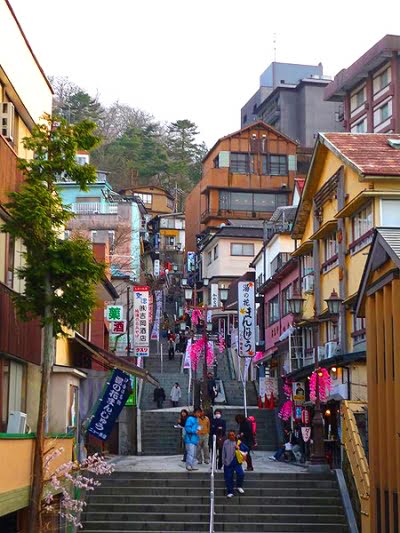


Afterwards, you can either go to Tokyo and explore the city, or keep on exploring nearby sites with our campervan. We highly recommend visiting places that are known only to the locals.
As usual, if you have any questions, don’t hesitate to contact us!!

